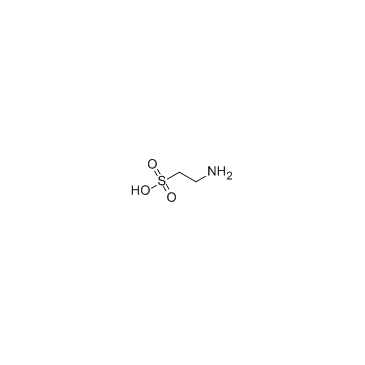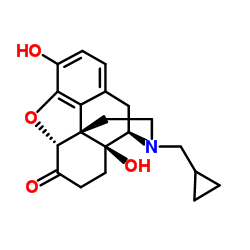Temporal patterns of adherence to medications and behavioral treatment and their relationship to patient characteristics and treatment response.
Ralitza Gueorguieva, Ran Wu, John H Krystal, Dennis Donovan, Stephanie S O'Malley
Index: Addict. Behav. 38(5) , 2119-27, (2013)
Full Text: HTML
Abstract
The primary analyses of the COMBINE Study revealed significant naltrexone and Combined Behavioral Intervention (CBI) main effects on drinking outcomes but failed to find additional benefits of the combination of treatments. Investigating differences in patterns of adherence over time may shed light on the treatment effects in COMBINE. The goals of the study were to identify trajectories of medication adherence and participation in CBI, to estimate predictive and moderating effects of adherence trajectories on drinking outcomes and to characterize subjects in adherence trajectories. The results of these analyses may suggest approaches to improving adherence in order to ultimately improve treatment outcome.We used a trajectory-based approach to identify patterns of treatment adherence separately for naltrexone, acamprosate and CBI adherence. Logistic regression and general linear models assessed associations among adherence trajectories, drinking outcomes and patient characteristics.Three trajectories of adherence were identified for each treatment: "excellent adherers", "late non-adherers" and "early non-adherers" and there was good agreement among adherence trajectories with different treatments. "Excellent adherers" had significantly higher percent days abstinent (PDA) and lower percent heavy drinking days (PHDD). CBI significantly decreased PHDD for subjects on acamprosate in the "early non-adherers with medication" trajectory (p=0.01). Either naltrexone or acamprosate was associated with lower PHDD than placebo for "early non-adherers with CBI" (p<0.01). Receiving active medication decreased the likelihood to be in the excellent medication adherence trajectory. Younger age, greater drinking severity, dissatisfaction with the medicine and session frequency, adverse events and lack of benefit were related to less favorable medication adherence trajectories. "Excellent adherers with CBI" were significantly more satisfied with the CBI counselor.Patterns of treatment adherence appear to be a participant characteristic. Individuals who fail to adhere early in treatment have worse outcomes regardless of treatment. However, treatment outcomes of participants who exhibit early problems with adherence to one treatment modality could potentially be improved by offering an alternative behavioral or pharmacologic treatment.Copyright © 2013 Elsevier Ltd. All rights reserved.
Related Compounds
| Structure | Name/CAS No. | Molecular Formula | Articles |
|---|---|---|---|
 |
Taurine
CAS:107-35-7 |
C2H7NO3S | |
 |
naltrexone
CAS:16590-41-3 |
C20H23NO4 |
|
Development of High-purity Certified Reference Materials for...
2015-01-01 [Anal. Sci. 31 , 805-14, (2015)] |
|
Physiologic force-frequency response in engineered heart mus...
2015-08-01 [Biomaterials 60 , 82-91, (2015)] |
|
Sulfur amino acid metabolism in Zucker diabetic fatty rats.
2015-08-01 [Biochem. Pharmacol. 96 , 256-66, (2015)] |
|
HMDB: a knowledgebase for the human metabolome.
2009-01-01 [Nucleic Acids Res. 37(Database issue) , D603-10, (2009)] |
|
Prediction of skeletal muscle and fat mass in patients with ...
2012-01-01 [J. Nutr. 142(1) , 14-21, (2012)] |